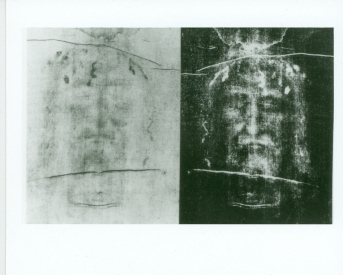


Since the 15th century, the existence of that shroud is well documented. However, historians raise the possibility that several such ‘shrouds’ were making the rounds at the time, and forgery claims might have had nothing to do with the cloth found today in the cathedral in Turin, Italy. Scholars debate its existence previous to 1390, describing the period before that as “very murky territory.” Even during the middle ages there was disagreement over authenticity of the cloth, with written claims at the time between church officials suggesting it was a forgery. Historical record can place the shroud in the late 1300s. ( Public Domain ) The Hidden History of the Shroud of Turin Scientists and scholars cannot resolve the mystery of the shroud.

But science and history suggest there’s more to the story. These images strongly indicate to proponents the evidence of crucifixion and the Biblical description of the death of Jesus. Countless horrible wounds to the body are revealed through the images on the fabric, from slashes to gouges, piercings, and welts. The image of a prone man with hands folded can be made out on the cloth, with both the front and back views of the head meeting neatly at the middle of the sheet, suggesting it was folded over the front and back of a naked body in death. The Shroud of Turin, a pale sheet of woven fabric approximately 14-feet (4.5 meters) –long, might be considered unremarkable save for the distinctive reddish-brown markings on its front and back. But skeptics say it is a forgery, or at best only a religious article of historical significance. The Shroud of Turin is believed by many to be the bloodstained burial cloth Jesus of Nazareth was wrapped in after his crucifixion.


 0 kommentar(er)
0 kommentar(er)
